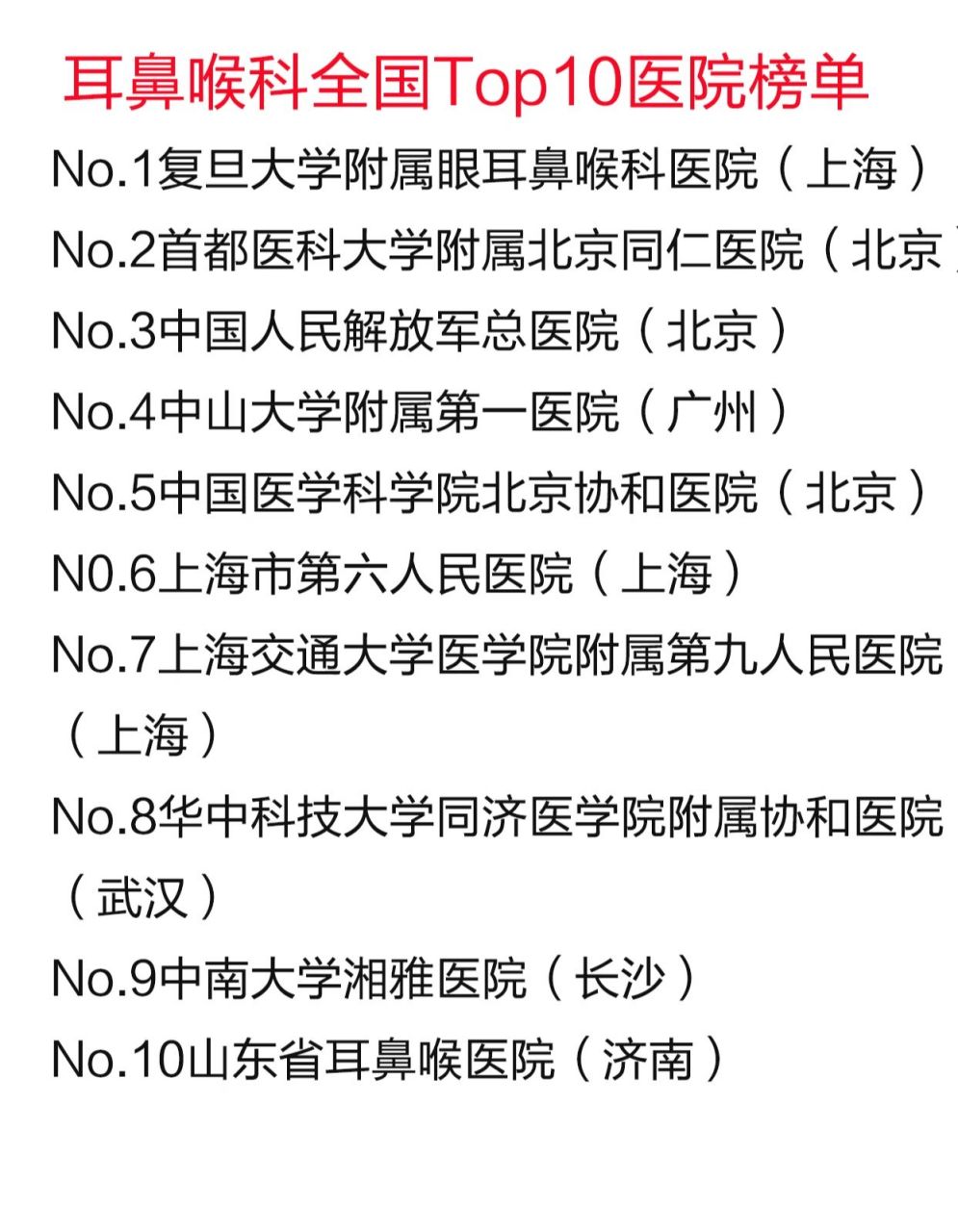Bee venom allergy treatment primarily focuses on preventing exposure to bee venom and managing allergic reactions if they occur. Here are some key treatment strategies:
1. Avoidance:
- Individuals with a known bee venom allergy should avoid situations where they might come into contact with bees.
2. Carry an Epinephrine Auto-Injector:
- Those with a history of severe reactions should always carry an epinephrine auto-injector (e.g., EpiPen) in case of an anaphylactic reaction.
3. Wear Medical Alert Identification:
- Wearing a medical alert bracelet or necklace can inform others of the allergy in case of an emergency.
4. Allergy Shots (Immunotherapy):
- Bee venom immunotherapy involves receiving regular injections of small amounts of bee venom to build up tolerance over time.
5. Antihistamines:
- Over-the-counter antihistamines can help manage milder allergic reactions.
6. Corticosteroids:
- In some cases, oral corticosteroids may be prescribed to reduce inflammation.
7. Emergency Preparedness:
- Knowing how to respond to a bee sting and recognizing the signs of anaphylaxis is crucial for immediate action.
8. Seek Immediate Medical Attention:
- If a severe reaction occurs, call emergency services immediately and administer epinephrine as prescribed.
Bee venom allergy can be life-threatening, so it is essential to work closely with an allergist to develop a comprehensive management plan and receive proper training on how to use an epinephrine auto-injector.







